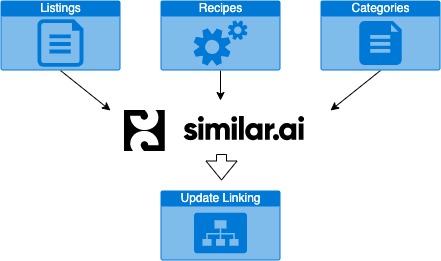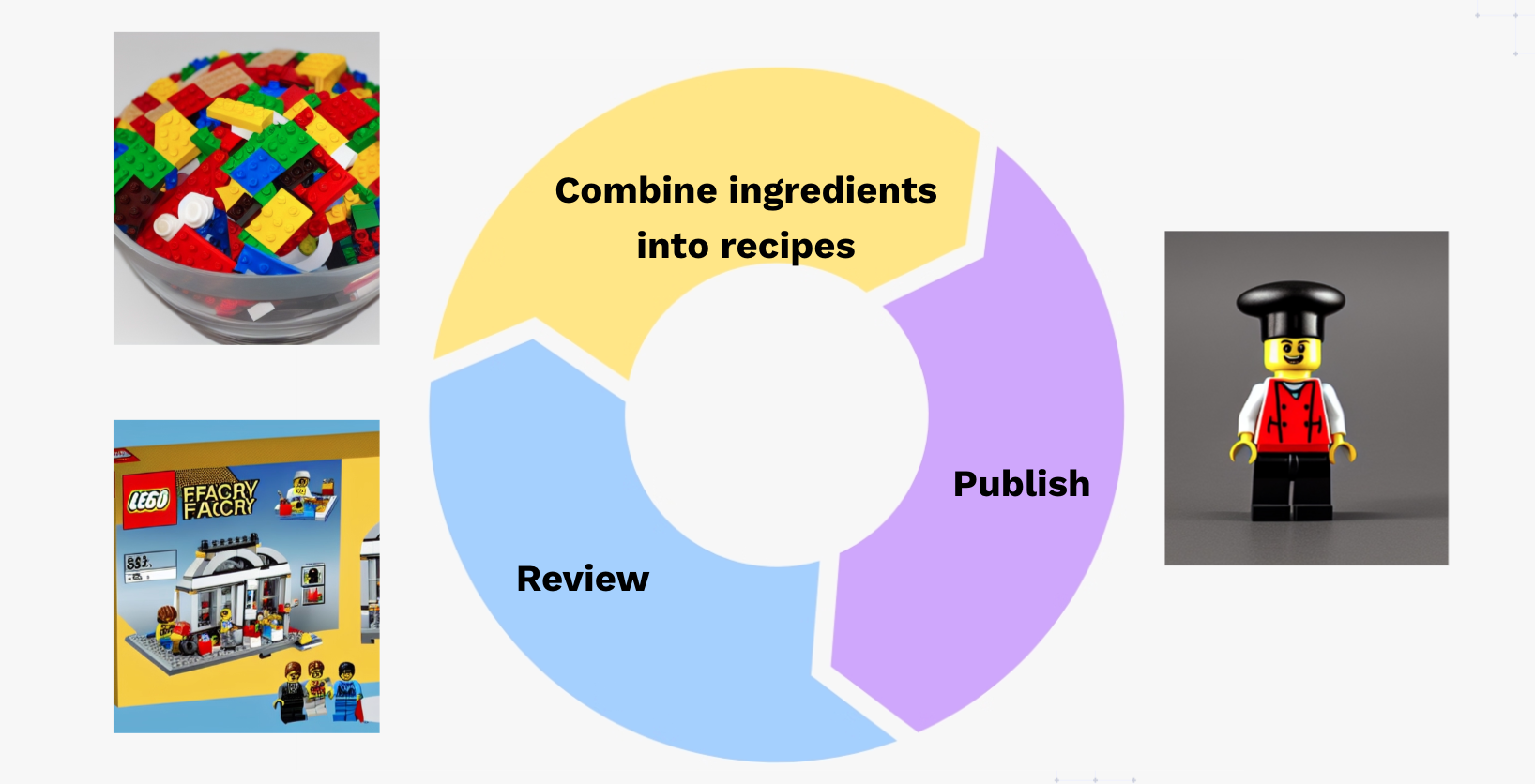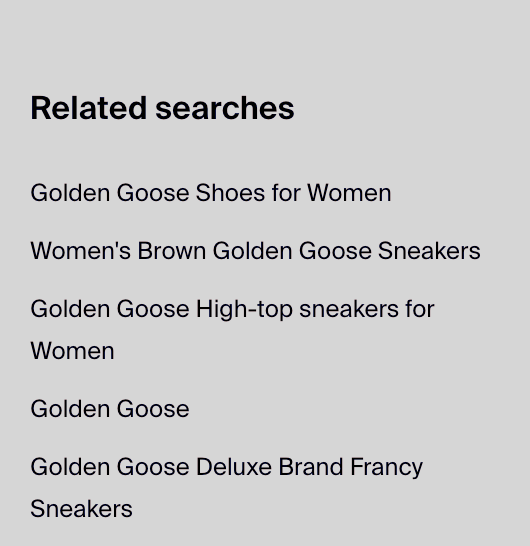
September 26, 2022
What’s painful about internal linking?

We’ve talked to many different product-led SEO teams about their struggles with internal linking.
What we’ve heard from these SEO teams is:
- Without horizontal linking between categories, search engine users can’t find the pages they want or love.
- Publishing quality internal linking quickly is hard.
- Focusing linking on the best user experiences is important: with demand, relevant inventory and easy ways to explore.
- Orchestrating all that data for your pages is a data pipeline nightmare.
- It can take months to get new internal linking modules live.
- Once you’re linking, it’s hard to measure impact with the sensitivity & robustness SEO experiments require, fast enough to learn and iterate.
This is just the tip of the internal linking iceberg, this Semrush study gives more insights into the most common link building mistakes.
Similar.ai’s solution: What are recipes?
At Similar.ai we’ve developed what we call recipes. Recipes are the way we enable users to quickly and easily edit no-code programs to choose pages from a website on which to take actions. Recipes are made up of ingredients, which can include:
- Competitive keywords
- Ranking keywords
- Page crawls
- SERP data
- Taxonomy
- Internal data, etc etc

Publishing a recipe updates the site directly through API integrations. The Similar.ai platform can measure the impact of these actions on whether search engines are crawling, indexing and how pages are ranking and delivering traffic.
Using recipes for internal linking
With recipes using the Similar.ai platform there are number ways you can improve internal linking. Linking ideas / strategy can include from, to and boost. For example:
- link from influential pages with traffic to other pages
- link to pages that answer unique user needs which have demand and should rank
- boost pages that rank lower down the SERPs (say positions 4-15) but could do better
The Similar.ai platform also measures the impact of any linking changes you implement. Enabling a test and learn approach to your product-led SEO strategy. Improving links that delight your users and drive revenue.
Simple server-side integration – ways to implement new links
Through our simple server-side API integration your page can query our API and get a list of anchor texts and destination URLs, optionally grouped into different blocks or modules and then render them. You might choose to render them:
For example as some footer links to help users navigate to products they want (image below) –

For example linking as part of a side navigation bar (image below) –

Internal linking recipes – some inspiration
For inspiration, here are some example recipes that our customers have used:
- Link from influential pages to category pages that have relevant content
- “Popular searches”: add an internal block that only links to very high demand pages with listings, and only links to the single best page on the site for that
- “Related searches”: add an internal linking block that only links to pages which are topically very relevant, potentially at the expense of linking to pages with demand
- Link from product detail pages (PDPs) to category pages that deserve to rank
- Boost links to pages that rank 4-15 for transactional topics
- Boost links to existing pages which Google hasn’t crawled in the last 12 months
If these are problems with which you struggle, our data driven internal linking functionality could be a game changer for your SEO team. And of course if you want to learn more, please get in contact or request a DEMO.



